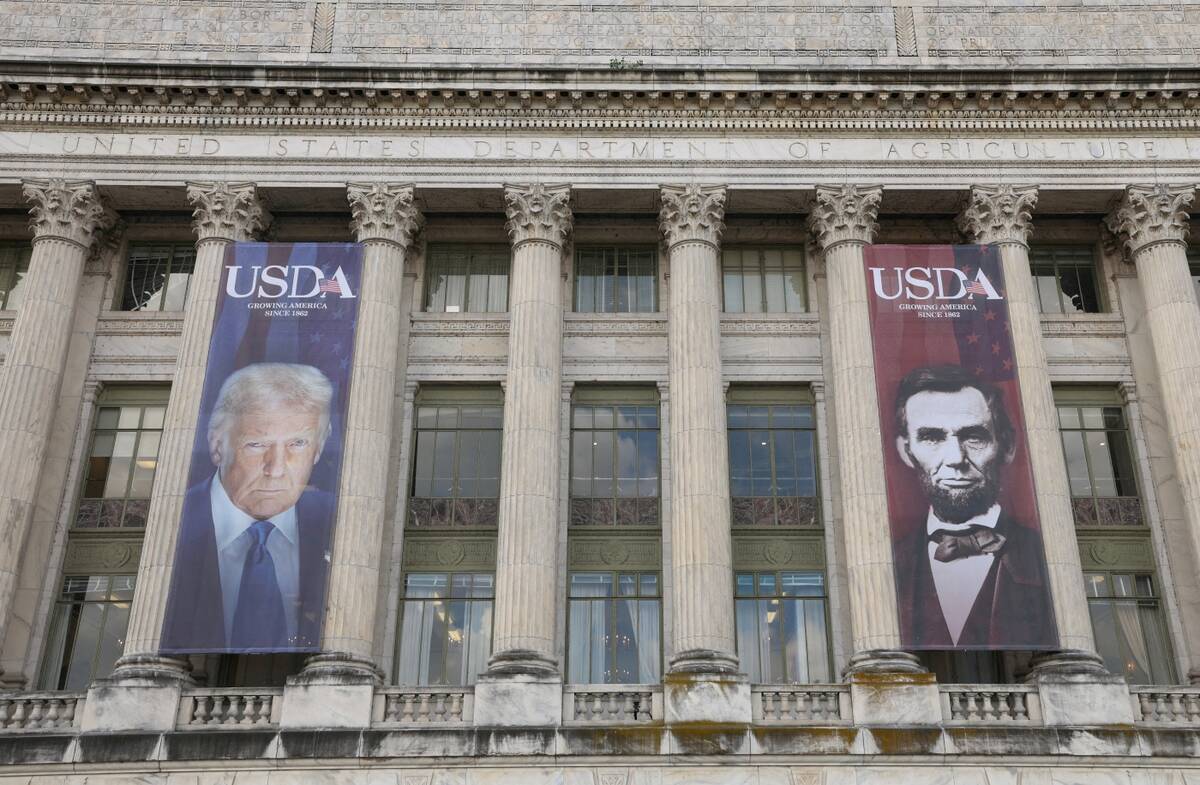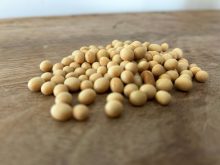Chicago | Reuters—Board of Trade soybean futures slid on Thursday amid concerns that new U.S. tariffs could trigger retaliatory measures against American exports, analysts said.
President Donald Trump on Wednesday announced a 10 per cent baseline tariff on most imports to the U.S., with higher duties on dozens of trading partners including China and the European Union.
The plan sent U.S. equities and oil prices falling as investors feared a global recession, while grain traders saw scope for disruption to U.S. agricultural exports, particularly soybeans.
Read Also

U.S. corn and soybean yields revised down by USDA
Soybean and corn yields in the United States were revised downward from earlier estimates in updated supply/demand tables from the United States Department of Agriculture released Nov. 14.
Traders were watching to see whether U.S. soybeans would be targeted in turn by China, the world’s biggest soybean importer, and the EU.
“It’s negative psychologically,” said Rich Nelson, chief strategist for brokerage Allendale.
The most-active soybean contract Sv1 closed 18 cents weaker at $10.11-1/2 a bushel as the market extended a setback after nearing a one-month high on Tuesday.
CBOT wheat Wv1 fell 3-1/4 cents to end at $5.36 per bushel, while corn Cv1 closed down 1/4 cent at $4.57-1/2 a bushel.
Some traders were relieved that Mexico was excluded from Trump’s sweeping new tariffs, as it is the biggest export market for U.S. corn. They also took comfort that Trump did not set a higher baseline tariff level.
“Most of the tariffs have turned out to be more of a fizzle than a bang,” said Ole Houe of IKON Commodities in Sydney. “What was initially proposed as a blanket 20 per cent tariff has been reduced to just 10 per cent, which is manageable for most nations.”
Still, Ukrainian corn could benefit from the tariffs because it is seen as a partial substitute for U.S. corn if retaliatory sanctions are imposed, analysts said.
Economists also said Trump’s levies could prove relatively advantageous for Brazil, which is the world’s biggest soybean exporter and competes with the U.S. for soy sales to China.
—Reporting by Tom Polansek in Chicago, Gus Trompiz in Paris and Ella Cao and Lewis Jackson















